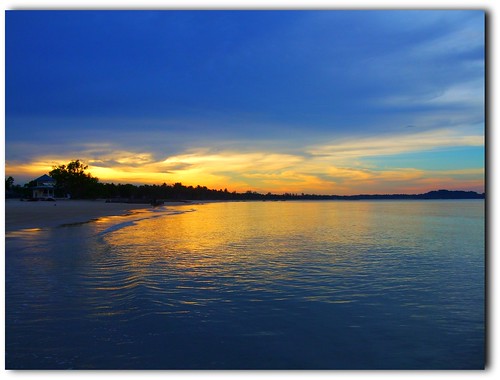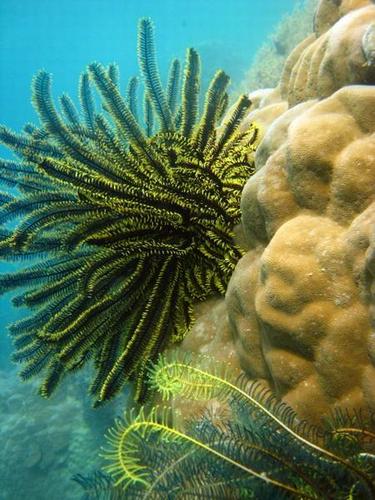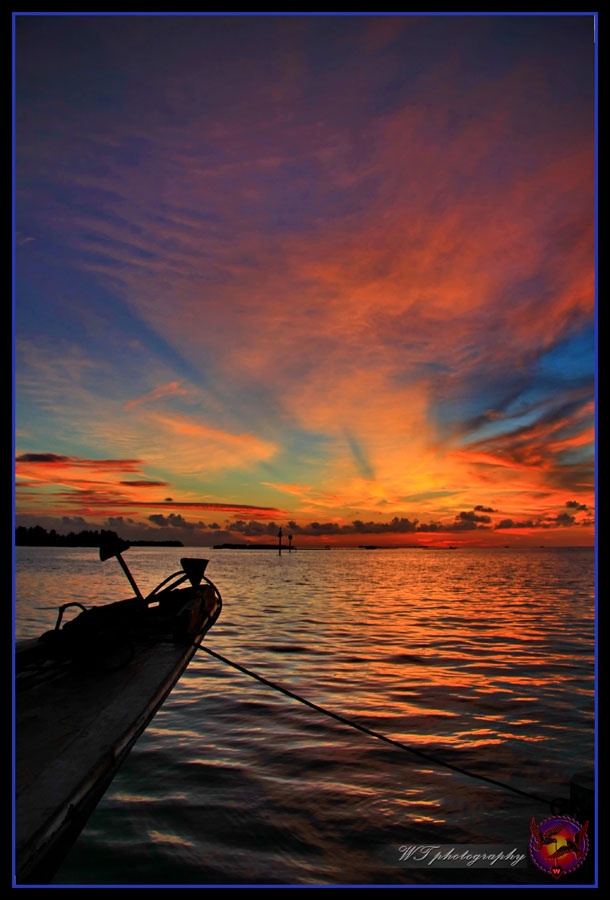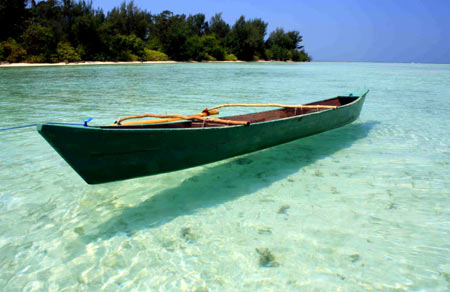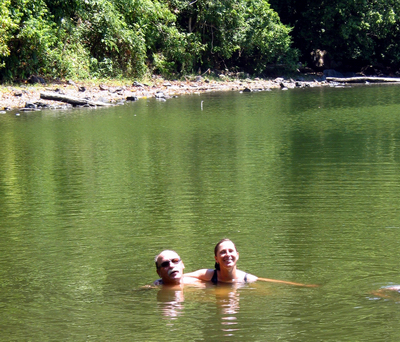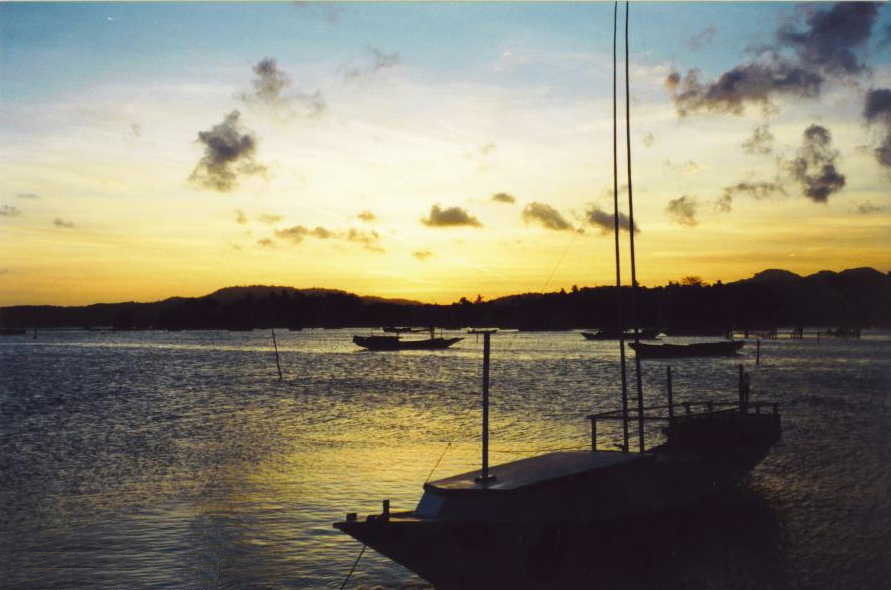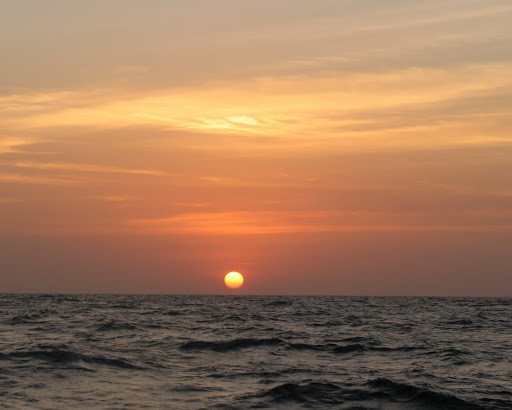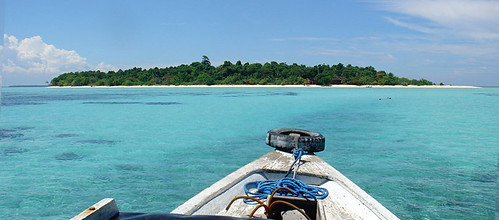Air Manis Beach is located approximately 15 km from Padang, the capital and largest city of West Sumatra, Indonesia.
Air Manis Beach is closely related to the legend of Malin Kundang in West Sumatra. Malin Kundang is a character fabled to have been turned to stone, together with his ship, after periods of disobedience to his mother. By the beach, there is a Malin Kundang stone and several pieces of equipment from his ship, which are also stones. Based on the story, Malin Kundang was cursed by his mother for his refusal to acknowledging her as his mother after traveling to another region and becoming rich.
 Air Manis beach is a favorite tourist site for local and foreign tourists because it has low waves and beautiful views of Mount Padang. There is also a small island called Pisang Kecil (literally means “small banana”) on its right side. From morning to afternoon, you can walk to this one hectare island through shallow water. In late afternoon, however, there is a tide and you must take a boat to return. On its right, there is another island called Pisang Besar (literally means “big banana”). Local inhabitants on this island are mostly farmers and fishermen. [source : Air Manis Beach]
Air Manis beach is a favorite tourist site for local and foreign tourists because it has low waves and beautiful views of Mount Padang. There is also a small island called Pisang Kecil (literally means “small banana”) on its right side. From morning to afternoon, you can walk to this one hectare island through shallow water. In late afternoon, however, there is a tide and you must take a boat to return. On its right, there is another island called Pisang Besar (literally means “big banana”). Local inhabitants on this island are mostly farmers and fishermen. [source : Air Manis Beach]
See The Beauty
 Air Manis beach is a favorite tourist site for local and foreign tourists because it has low waves and beautiful views of Mount Padang. There is also a small island called Pisang Kecil (literally means “small banana”) on its right side. From morning to afternoon, you can walk to this one hectare island through shallow water. In late afternoon, however, there is a tide and you must take a boat to return. On its right, there is another island called Pisang Besar (literally means “big banana”). Local inhabitants on this island are mostly farmers and fishermen. [source : Air Manis Beach]
Air Manis beach is a favorite tourist site for local and foreign tourists because it has low waves and beautiful views of Mount Padang. There is also a small island called Pisang Kecil (literally means “small banana”) on its right side. From morning to afternoon, you can walk to this one hectare island through shallow water. In late afternoon, however, there is a tide and you must take a boat to return. On its right, there is another island called Pisang Besar (literally means “big banana”). Local inhabitants on this island are mostly farmers and fishermen. [source : Air Manis Beach]See The Beauty


















